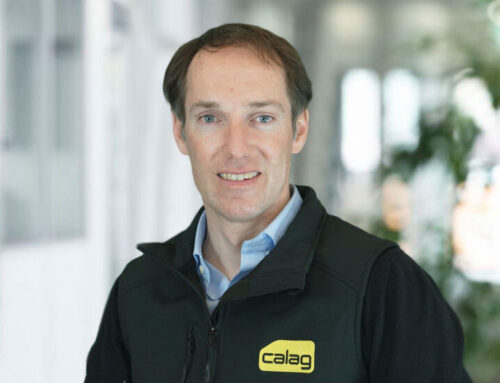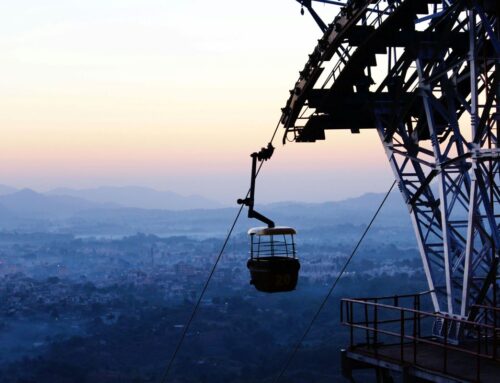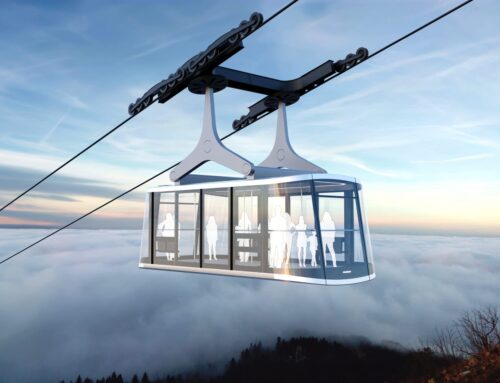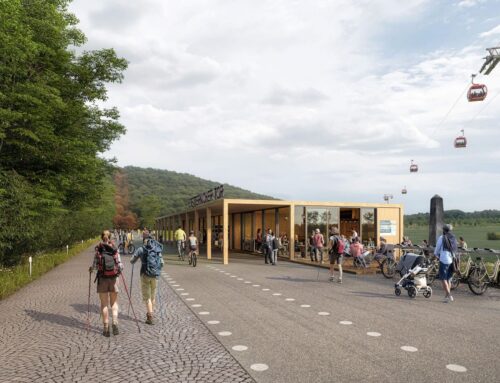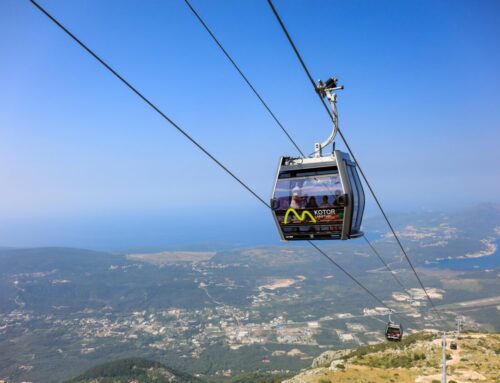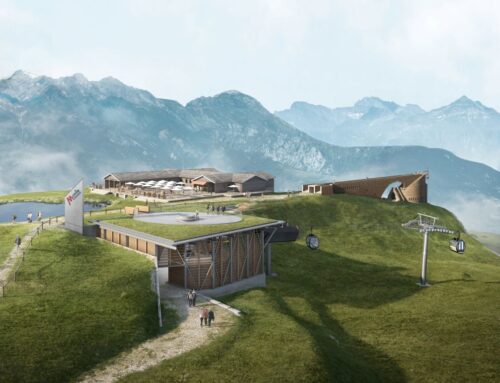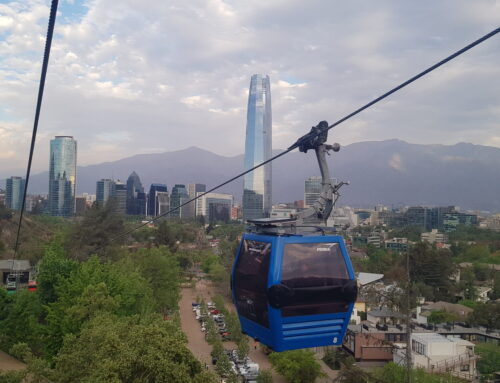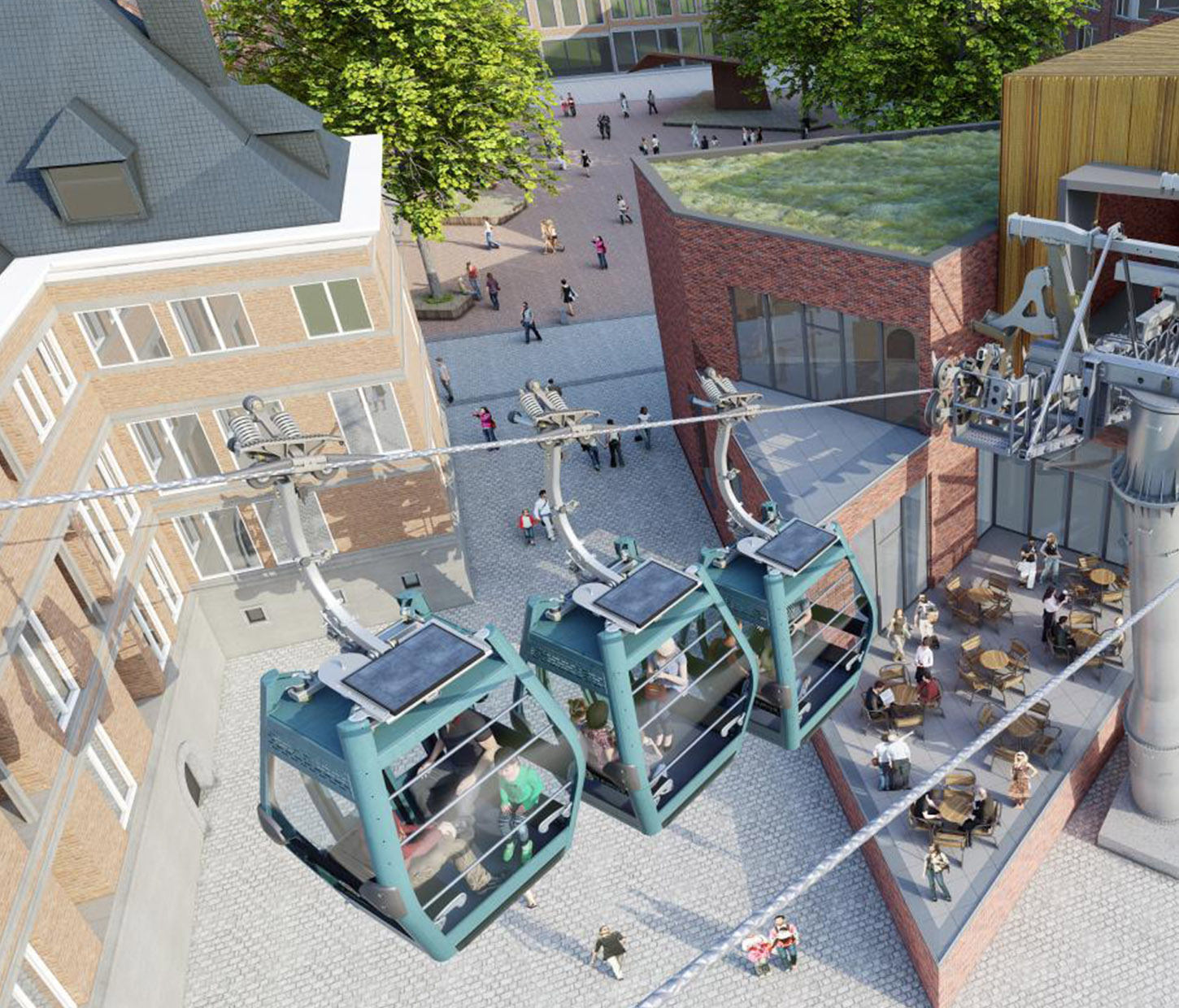
SI Urban 1/2021, Tourism
Namur Cable Car should boost city tourism
Until the 90s, a cable car ran up the hill in the city, which has a population of 110,000. After the old track was dismantled, the citadel could be reached by bus, car or tourist train – and it was overwhelmed. The new construction of the cable car along a different route promises not only to relieve the traffic situation in Namur but also to boost tourism and at the same time to improve protection of the environment.
Grouped aerial tramway
A rare cable car system is being used here: the grouped aerial tramway. For this, two groups of three gondolas are respectively fixed permanently to the cable a short distance apart and then operated in shuttle mode. Each of the individual gondolas here offers space for six passengers.
“The mayor of Namur, Mr Prévot, wanted to have similar gondolas as the “Téléphérique of La Bastille” in Grenoble, i.e. small ones“, POMA Project Manager Samuel Biotteau reports. The cable car starts in the middle of the narrow streets in the old city. It then crosses the River Meuse and runs up the hill to the citadel. “The construction site logistics – in addition to the coronavirus pandemic – were therefore the greatest challenge,” Biotteau says.
All-inclusive package
Nevertheless, in Namur, it is not only the cable car system that is special but also the business model. The cable car is being planned, constructed and maintained by a private consortium comprising manufacturer POMA, the construction company FRANKI and the ski resort operator LA BELLE MONTAGNE.
The consortium will be responsible for operation and maintenance of the cable car for 30 years.
Over this period, the city of Namur will pay the consortium 600,000 euros per year, in return for which it will benefit from the new tourist attraction, which will also relieve the traffic situation. “The city wanted an all-inclusive package – and that is precisely what we were able to deliver,” Biotteau concludes.
Technical Data:
Namur Cable Car
| Transport capacity | 300 p/h |
| Length | 647 m |
| Altitude difference | 103 m |
| Travel speed | 6 m/s |
| Journey time | 4 min |
| Stations | 2 |
| Gondolas | 6 (2×3) |
| Gondolas capacity | 6 p |
| Supports | 8 |
| Project cost | € 600,000/ year (30x) |

